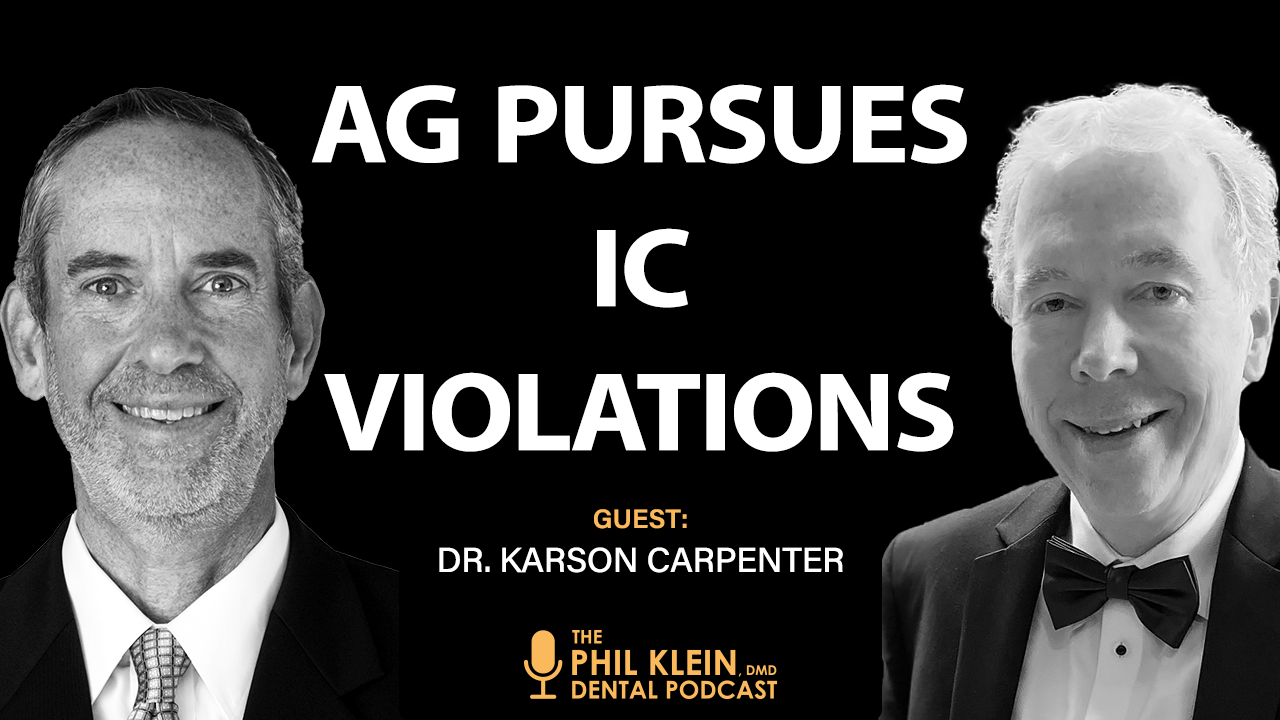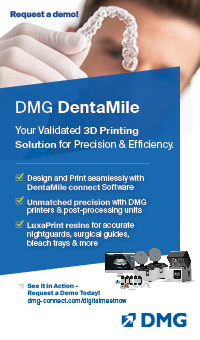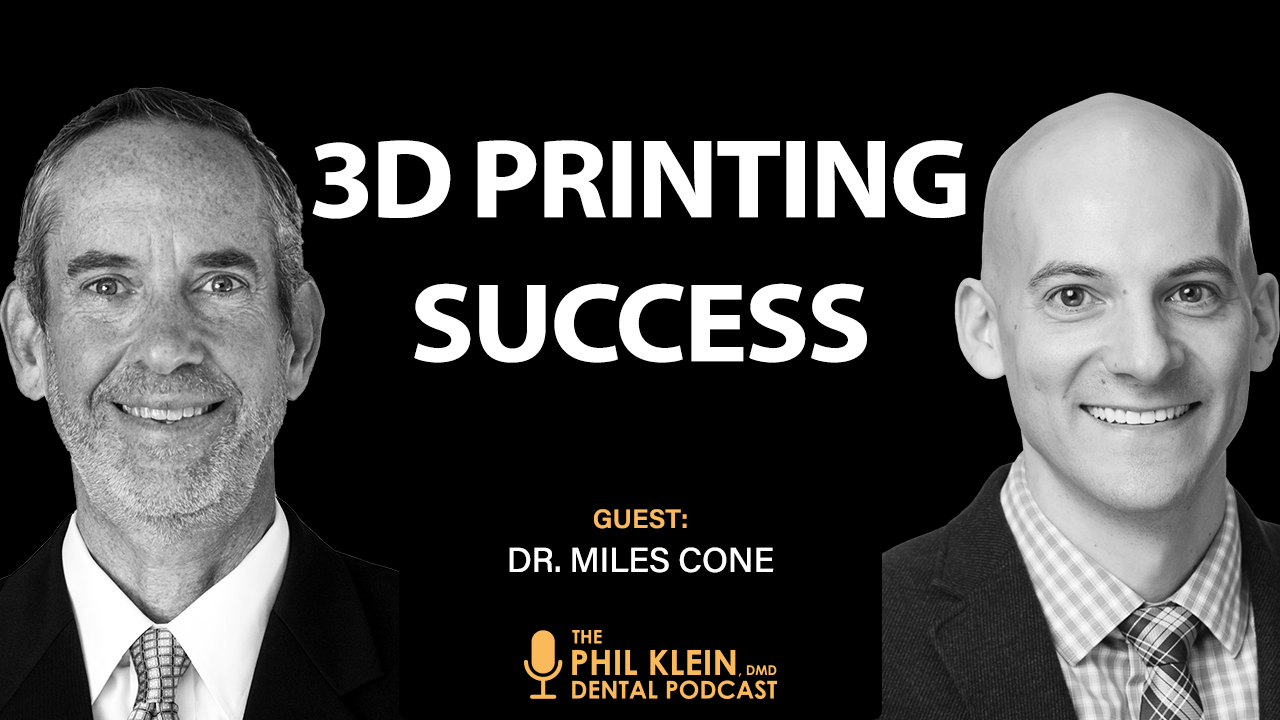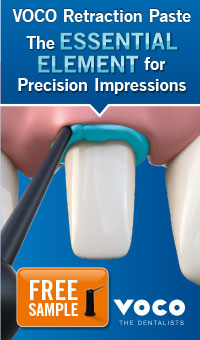
Share this webinar
|
Many clinicians have heard about the concept of warmed composite since its introduction to dentistry in the early 1980s, yet a significant number of them still have many questions as to why warmed composite may be advantageous and how to effectively warm it for direct restorations.
When composite is heated, the physical properties of the material are modified. Many of these modifications can help make it easier to handle the composite and enable a better adaptation of the material to our preparations. At a microscopic level, the particles of composite experience an increase in kinetic energy and move faster than their room-temperature counterparts. This quicker movement increases the degree of conversion when curing and may even increase the depth of cure.
When placing a warmed composite, the flowability of the material enables better adaptation of the composite to the prep and can reduce the incidence of voids in the restoration, improving marginal adaptation. There are different ways to warm composite materials. Dental-specific composite warming units are on the market and can hold composite compules/syringes at various heat settings to achieve a desired consistency.
It is important to warm the material to at least (140°-155°F). A next generation of composite that was designed to be warmed is now available! This new composite category has TVT polymer technology combined with superior nano-hybrid fillers. It can be warmed with a traditional warmer or a new infrared warmer. This CE webinar will review the basics of composite warming and new infrared warmer.
During this CE webinar, the participant will learn:
• Why the scientific evidence supports composite warming
• Why engineering preparations creates compression, not tension joints
• Understand injection molding techniques, combined with warm composite, result in less stress and more profitable, durable restorations
(
disclaimer, bio and commercial disclosure
)
|























